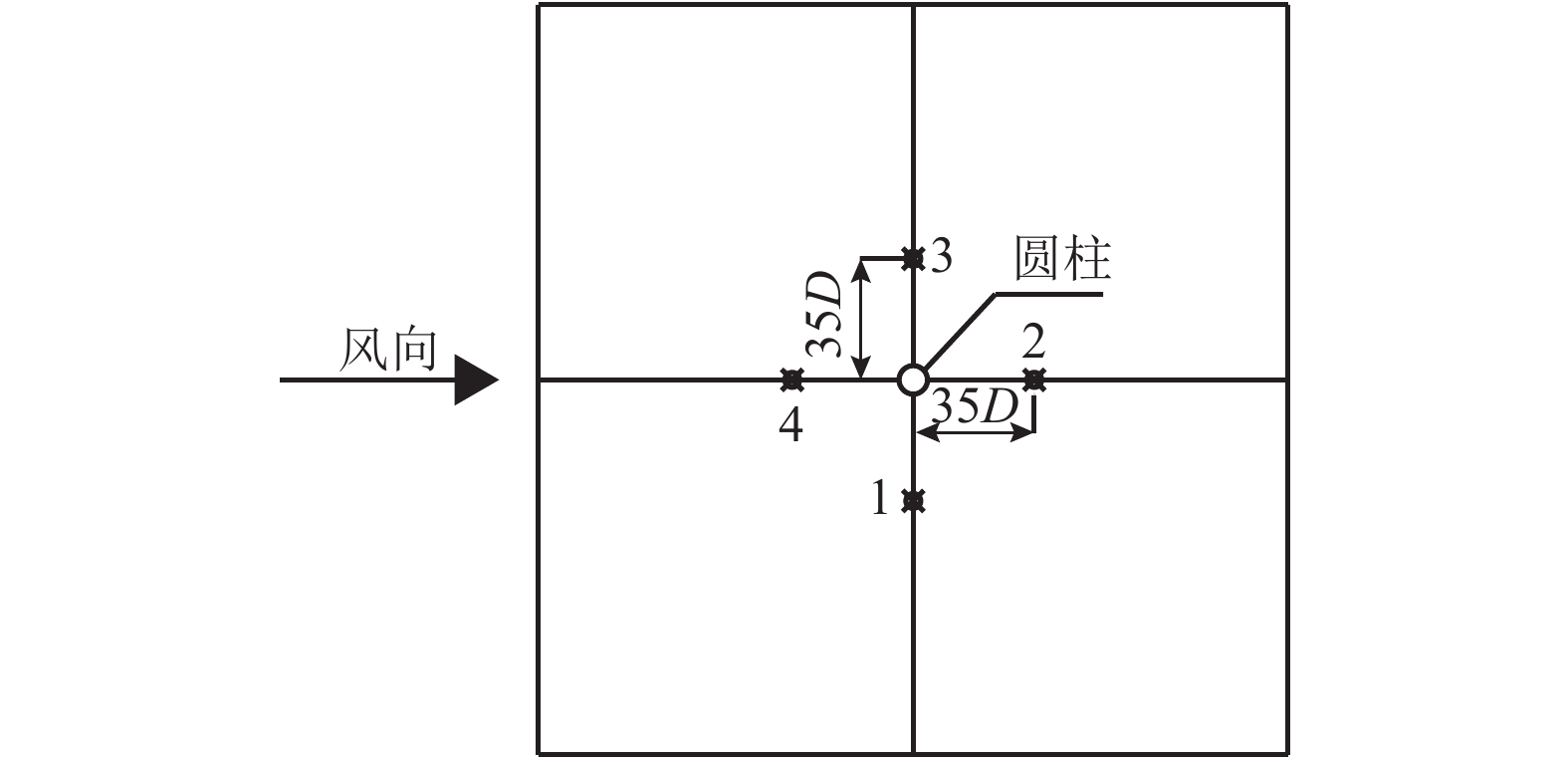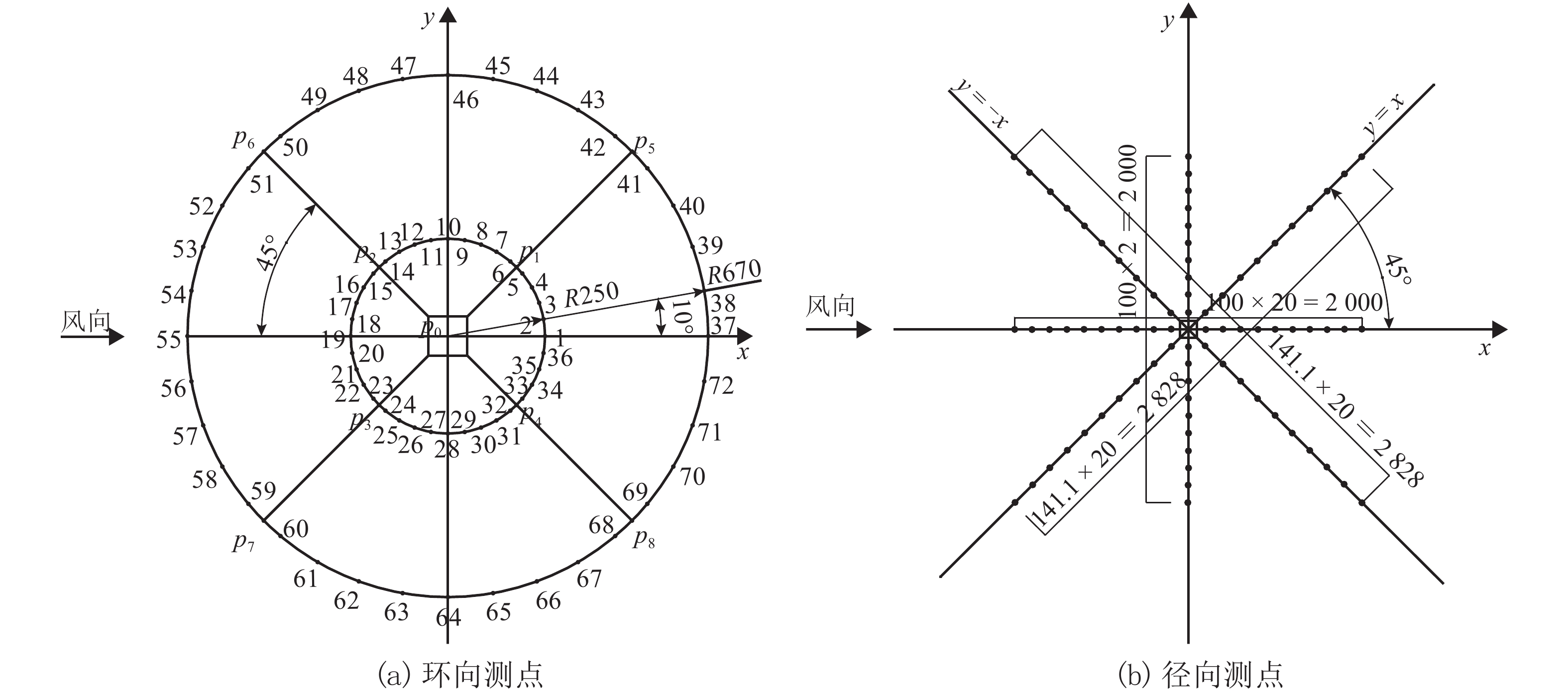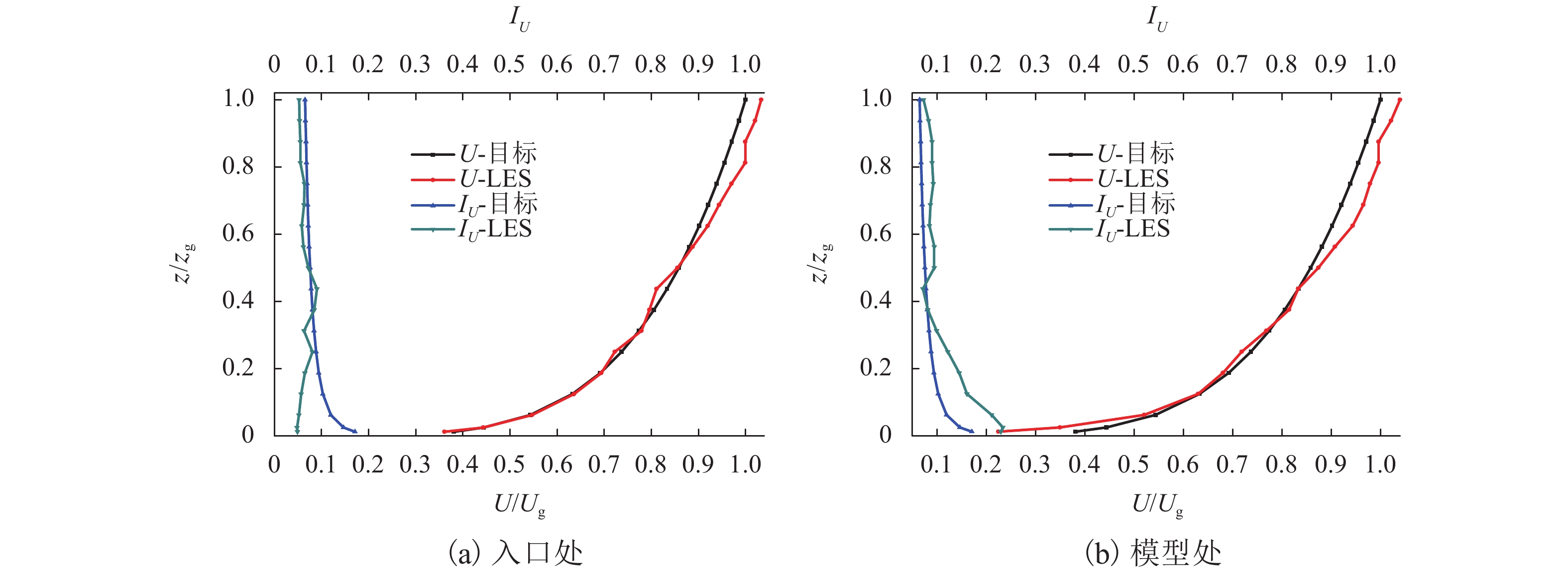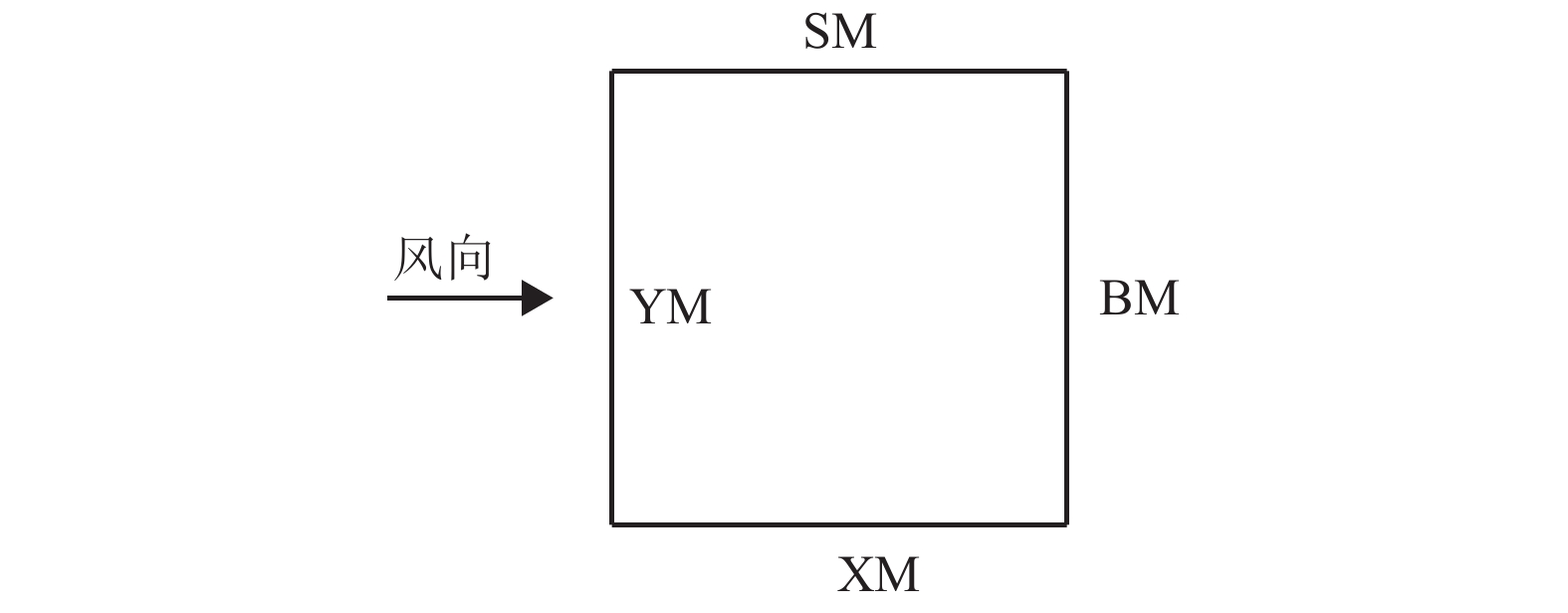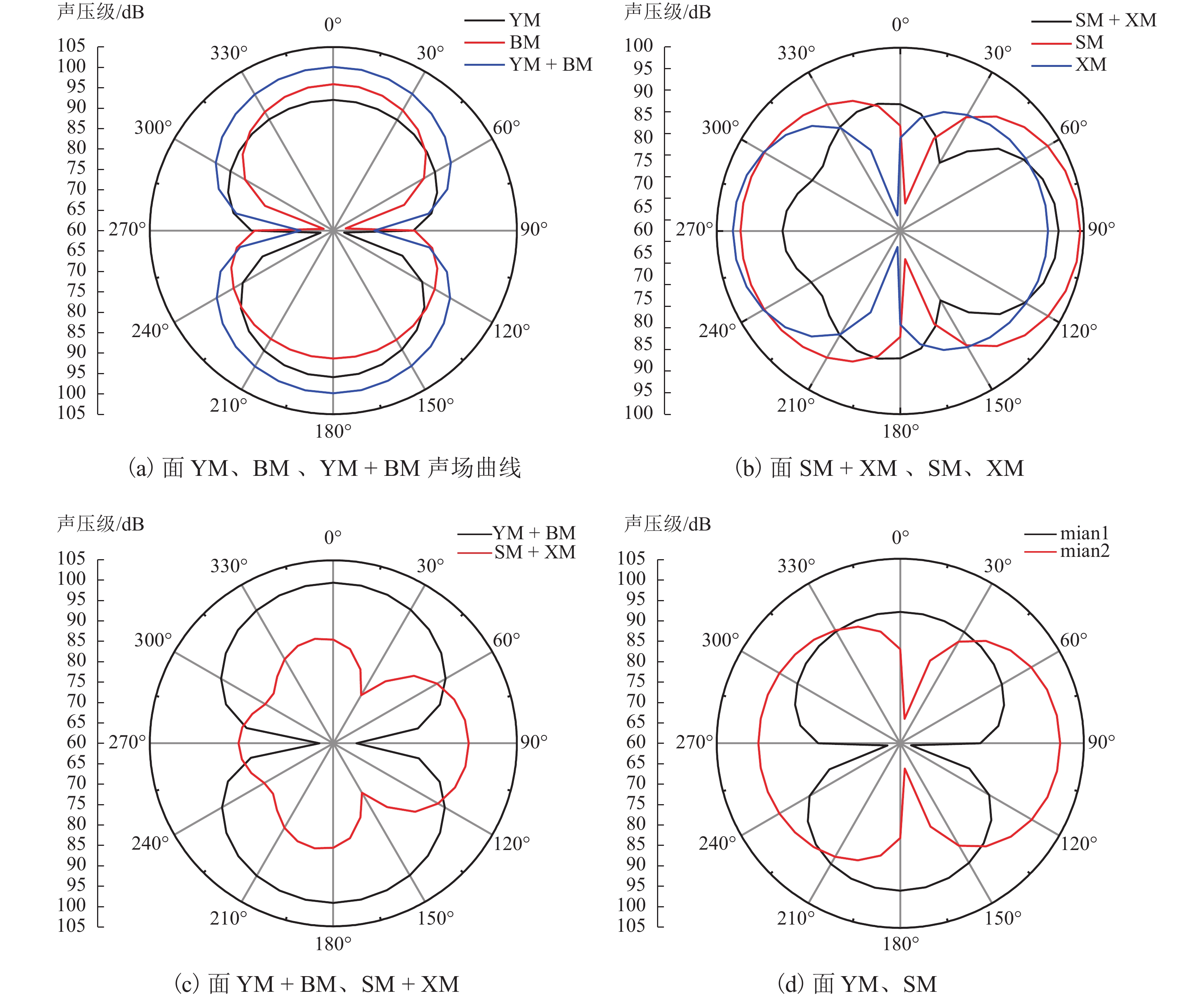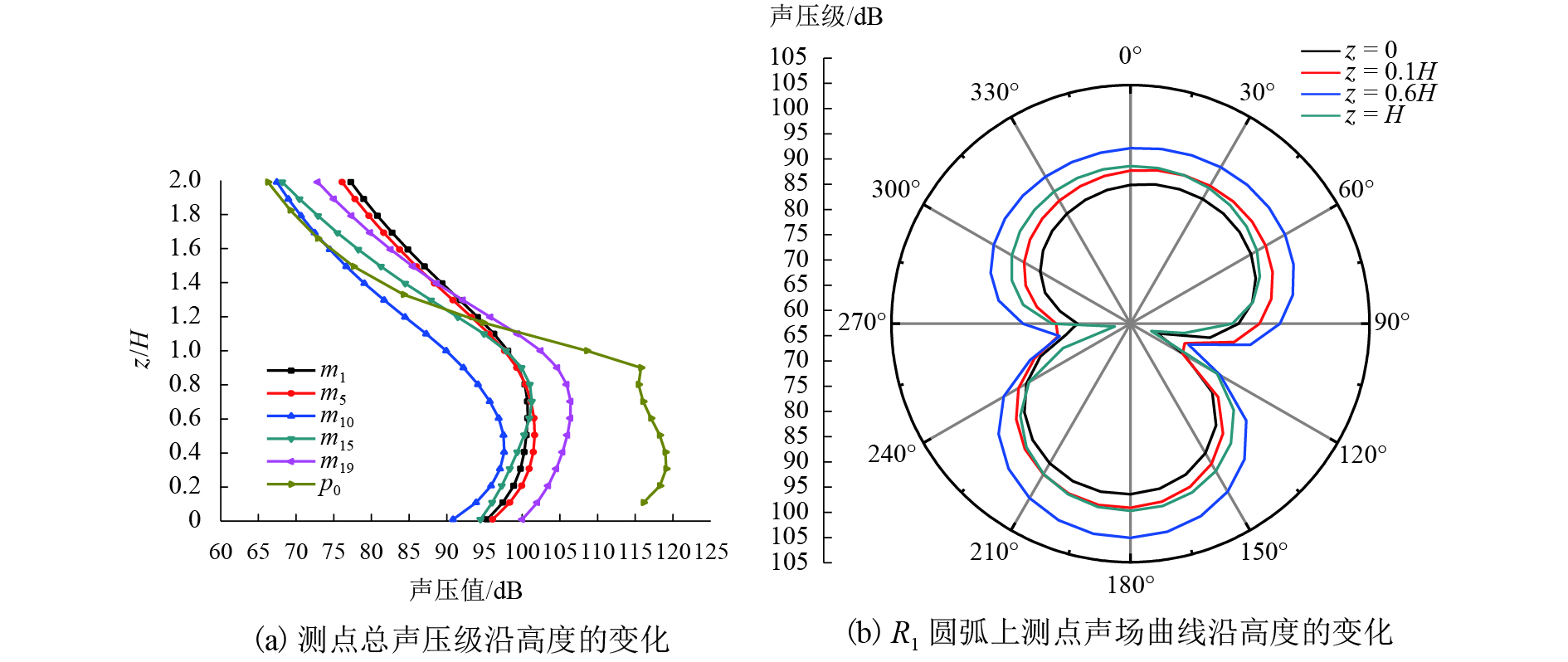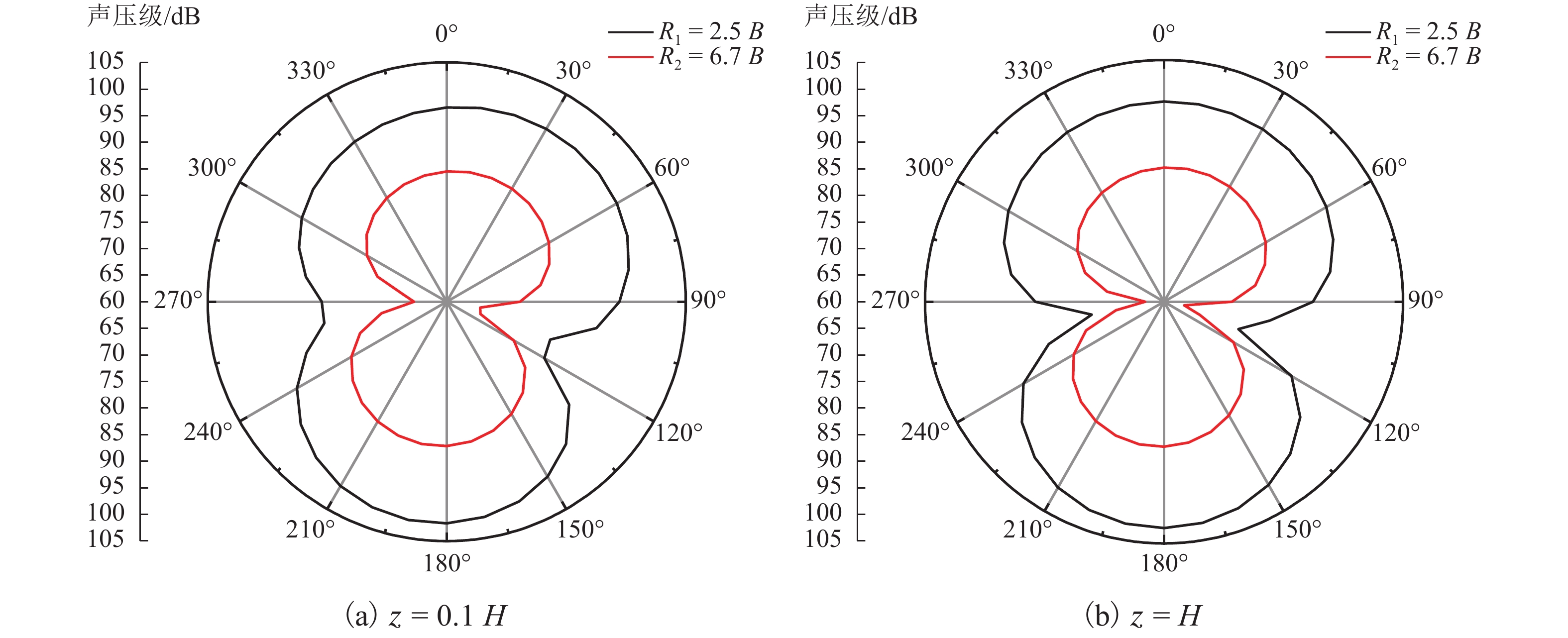Large Eddy Simulation of Aerodynamic Noise Field Around Super High-Rise Buildings
-
摘要: 为揭示超高层建筑气动噪声产生的机理及空间分布特征,利用大涡模拟,在大气边界层内求解超高层建筑绕流场,结合FW-H (Ffowcs Williams-Hawkings)方程的声类比法进行了超高层建筑周围声压场的数值模拟. 研究发现:超高层建筑每个面均是偶极子声源,气动噪声是由建筑表面的偶极子声源产生,且受建筑表面风压主导,顺流向和横风向的脉动压力分别主导相应方向的声场辐射强度; 气动噪声沿高度方向先增大后减小,在0.7倍建筑高度附近噪声达到最大值; 在相同高度和离建筑表面相同距离的不同空间点,当空间点面对建筑迎风面时总声压级最大、背风面次之,侧风面最小; 随着空间点与建筑距离的增大,空间点总声压级快速衰减,且横风向较顺风向衰减更快. 研究认为:大涡模拟和声类比相结合的方法能合理预测超高层建筑的气动噪声;优化气动外形,降低建筑表面风压是降噪的最有效途径.Abstract: In order to reveal the mechanism and spatial distribution characteristics of aerodynamic noise around super high-rise buildings, the flow field around super high-rise buildings in the atmospheric boundary layer is solved by using large eddy simulation (LES), and the sound pressure field is numerically calculated by the acoustic analogy method (Ffowcs Williams-Hawkings, FW-H). The result shows that each surface of super high-rise buildings can be regarded as a source of dipolar noise. The aerodynamic noise is generated by a dipole source on building surfaces and is dominated by the wind pressure on those surfaces. The radiation intensity of the sound fields in the along-wind and cross-wind directions is controlled by the corresponding fluctuating pressures. Aerodynamic noise first increases and then decreases with the height, with the maximum value arriving at the approximately 70% of the building height. For spatial points with the same height and distance to building surfaces, the highest total sound pressure will occur at the points facing the building's windward surfaces, followed by that at the points facing the building's leeward surfaces. The lowest total sound pressure will appear at the spatial points facing the building's side surfaces. With the increase of the distance between spatial point and building, the total sound pressure level decreases rapidly. The total sound pressure level decreases more rapidly in the cross-wind direction than in the along-wind direction. This work suggests that the LES method combined with the acoustic analogy method is a feasible way to predict aerodynamic noise produced by super high-rise buildings. The most effective way to reduce the noise level is to reduce the wind pressure on building surfaces by optimizing its aerodynamic shape.
-
Key words:
- aerodynamic noise /
- large eddy simulation /
- super high-rise buildings /
- dipole sound /
- wind pressure
-
表 1 测点总声压级计算结果与文献值比较
Table 1. Calculated total sound pressure at measuring points in comparison with reference results
测点号 1 2 3 4 文献[11] LES 115.4 109.3 115.4 109.1 本文 114.8 105.5 114.8 105.9 -
WANG M, MOIN P. Computation of trailing-edge flow and noise using large-eddy simulation[J]. Aiaa Journal, 2015, 38(12): 2201-2209. BROOKS T F, HODGSON T H. Trailing edge noise prediction from measured surface pressures[J]. Journal of Sound and Vibration, 1981, 78(1): 69-117. doi: 10.1016/S0022-460X(81)80158-7 HOWE M S. A review of the theory of trailing edge noise[J]. Journal of Sound and Vibration, 1978, 61(3): 437-465. doi: 10.1016/0022-460X(78)90391-7 HOWE M S. Aerodynamic noise of a serrated trailing edge[J]. Journal of Fluids and Structures, 1991, 5(1): 33-45. doi: 10.1016/0889-9746(91)80010-B NISHIMURA M, GOTO T. Aerodynamic noise reduction by pile fabrics[J]. Fluid Dynamics Research, 2010, 42(1): 015003-1-015003-17. doi: 10.1088/0169-5983/42/1/015003 KING W F, PFIZENMAIER E. An experimental study of sound generated by flows around cylinders of different cross-section[J]. Journal of Sound and Vibration, 2009, 328(3): 318-337. doi: 10.1016/j.jsv.2009.07.034 LIGHTHILL M J. On sound generated aerodynamically Ⅱ. Turbulence as a source of sound[J]. Proceedings of the Royal Society of London, 1954, 222(1148): 1-32. Fluent I. FLUENT 6.1 user’s guide[M]. [S.l.]: Lebanon (NH) Fluent Inc., 2003: 634-644 卢清华,陈宝. 基于LES方法的增升装置气动噪声特性分析[J]. 空气动力学报,2016,34(4): 448-454.LU Qinghua, CHEN Bao. Analysis of aeroacoustics characteristics of high lift device using LES method[J]. Acta Aerodynamica Sinica, 2016, 34(4): 448-454. WILLIAMS J E F, HAWKINGS D L. Sound generation by turbulence and surfaces in arbitrary motion[J]. Philosophical Transactions of the Royal Society of London Series A: Mathematical and Physical Sciences, 1969, 264(1151): 321-342. doi: 10.1098/rsta.1969.0031 龙双丽,聂宏,詹家礼. 不同雷诺数下圆柱绕流气动噪声数值模拟[J]. 声学技术,2011,30(2): 111-116.LONG Shuangli, NIE Hong, ZHAN Jiali. Numerical simulation of aerodynamic noise of flow around a cylinder at different Reynolds number[J]. Acoustic Technology, 2011, 30(2): 111-116. 张兆顺, 崔桂香, 许春晓. 湍流大涡数值模拟的理论和应用[M]. 北京: 清华大学出版社,2007: 55-75 周大伟. 高层建筑风压风流场稳态与大涡模拟研究[D]. 上海: 同济大学, 2005 祝志文, 邓燕华. 湍流积分尺度对高层建筑风荷载影响的大涡模拟[J]. 西南交通大学学报, 2018, 53(3): 86-94ZHU Zhiwen, DENG Yanhua. Investigation into effects of turbulence integral length on wind loads acting on tall buildings using large eddy simulation[J]. Journal of Southwest Jiaotong University, 2018, 53(3): 86-94 马大猷. 现代声学理论基础[M]. 北京: 学科出版社, 2004: 65-25 刘敏,刘飞,胡亚涛,等. 三维串列双圆柱绕流气动流场及声场模拟[J]. 工程热物理,2008,9(3): 403-406. doi: 10.3321/j.issn:0253-231X.2008.03.011LIU Min, LIU Fei, HU Yatao, ea tl. Aerodynamics and aeroacoustics numerical simulation of flow past three circular cylinders in tandem arrangements[J]. Journal of Engineering Thermophysics, 2008, 9(3): 403-406. doi: 10.3321/j.issn:0253-231X.2008.03.011 唐意. 高层建筑弯扭耦合风致振动及静力等效风荷载研究[D]. 上海: 同济大学, 2006 -




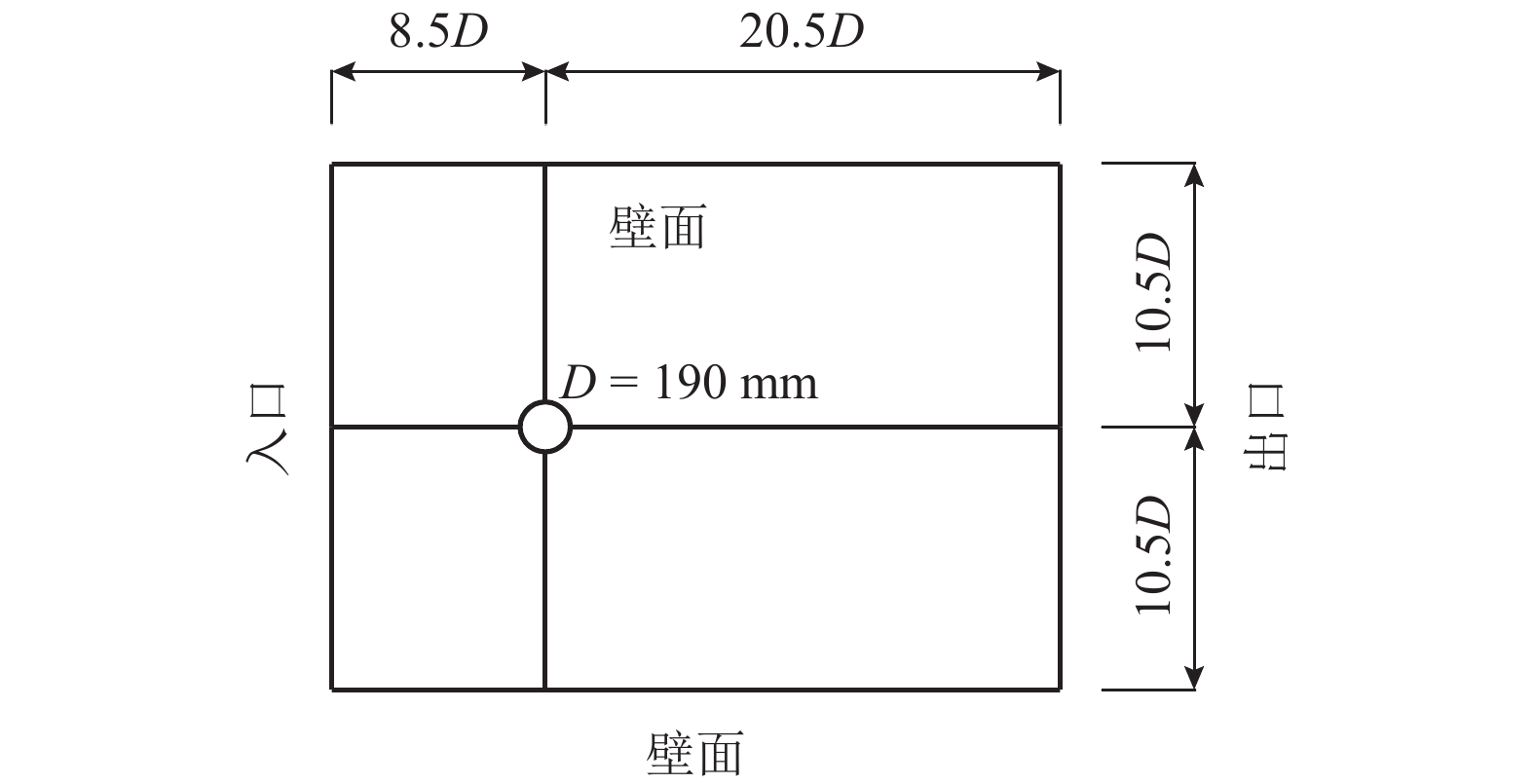
 下载:
下载:
